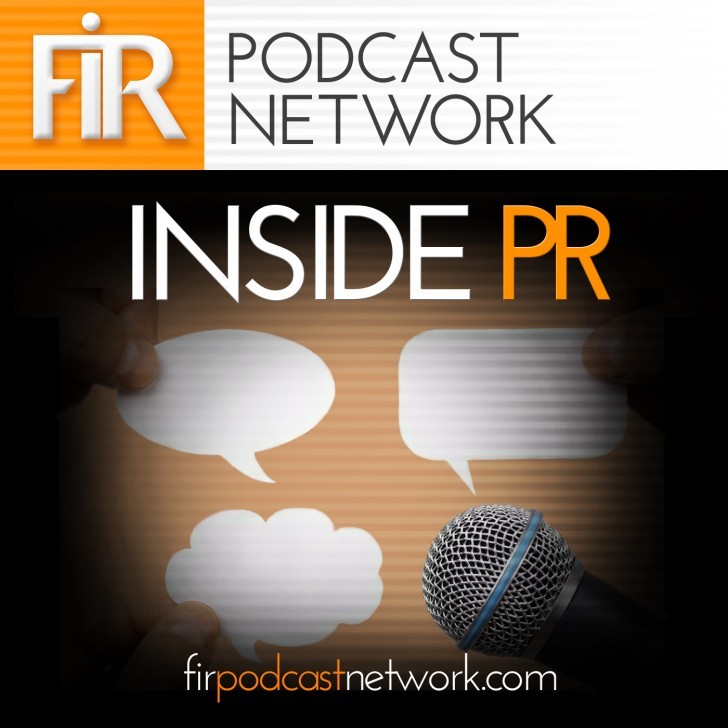Some new features to help you control what you see and who you interact with on Twitter
Twitter opens a window on the world. We can see events as they occur through the eyes of first hand witnesses and we can discuss events and issues with others. We can be entertained. We can learn. We can expand our horizons.
Unfortunately, these positive experiences may be offset by exposure to trollish behaviour and harrassment.
Yesterday, Twitter announced two new features that will allow people to filter the content that they see in their notifications and main twitter stream. A new Quality Filter will suppress content that Twitter’s algorithm considers to be low quality, such as “duplicate Tweets or content that appears to be automated.” In addition, a new control will be added to the notifications pane to enable users to “limit notifications to only people they follow.”
Providing users with greater control over what gets into their Twitter feed will be welcomed by many.
I, however, do not plan to enable either feature. Why wouldn’t I use these features? For a couple of reasons.
First, because I curate my feed, the trolls don’t find their way into it. I am not a profligate follower. I don’t automatically follow everyone who follows me. I follow only those people who have caught my attention with their views and thoughtfulness or their humour or just the fact that they are interesting people. So, I rarely have the problem of seeing garbage content. And when I do see it, I unfollow or block the source.
Second, I don’t want an algorithm to make my content decisions for me. I especially do not want to be limited to seeing only the content of people whom I have already followed. I do want to be open to the person who I have never met but who comes into my notifications because he or she shares my interests and has responded to something I said. And that doesn’t mean just someone who agrees with me. It also means the people who disagree with me, but who offer something worth considering in their disagreement. I want to discover these people. Because contact with the people I disagree with is my protection against homophily, the tendency we all have to seek out and associate with the people we agree with, the people most like us.
Homophily is the enemy of open-mindedness. And my open Twitter feed, a feed that is open to discovery, is my protection against being trapped in the bubble of likemindedness.
And that’s why I won’t be using Twitter’s new filters. They may create a safer experience. But at a price. A price I’m not willing to pay.



